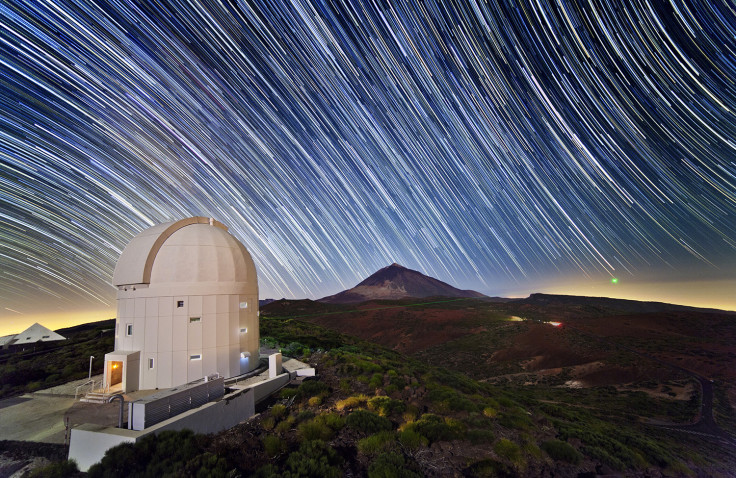ESA asteroid mission gentler than Nasa's and plans to deflect Earth threatening rocks

Borrowing from the blockbuster movie "Armageddon" in which the agency blasts an Earth-threatening asteroid with nuclear detonators, Nasa recently came up with a real life plan to use a pair of satellites to ram into asteroids and set off nuclear explosions.
The European Space Agency has gentler plans of deflection of potentially harmful space rocks.
The ESA's Asteroid Impact Mission (AIM) will use satellites to fire projectiles at the asteroid and push it away from Earth.
Where the rocks are found to be rich in minerals, the plan will be to pull them nearer to Earth for prospecting.
Telescopes around the globe were pointed at the paired Didymos asteroids – the target for ESA's proposed Asteroid Impact Mission.
The 800m diameter main body, orbited by a 170m moon, dubbed Didymoon was in a favourable position for observation from March to June.
Nasa is also viewing the binary system for its Double Asteroid Redirection Test, or Dart, which will crash into Didymoon in late 2022 while ESA's craft looks on.
The orientation of Didymoon's orbit is a key factor in the missions to plan the approach of the spacecraft and know when the asteroid moon will fall into shadow.
Knowing the mass estimate of the two Didymos bodies is also crucial. The ESA managed to obtain some data which will now be used with older optical and radar data to refine the orbital period for the system and the density of Didymos.
The next observations of the Didymos binary system will be possible in the spring of 2017.
Every year, more than 1000 new NEOs are discovered. Most of them are some tens of metres in size and have the potential to cause damage on the ground. Sooner or later, one may actually hit Earth, said ESA at a recent workshop on asteroids.
Of the more than 600,000 known asteroids in our Solar System, more than 12, 000 are classified as near Earth ones, as the orbits bring them relatively close to our path.
Experts at the University of Southampton developed software which predicts the impact "corridors" of known asteroids and calculates the risk from them.
The maps show the wide asteroid risk zone running through Europe, passing directly over Scandinavia, Germany, France and Spain.
Big asteroid impacts like the one believed to have sounded the death knell for dinosaurs 65 million years ago are rare. The last large asteroid to hit Earth was the Tunguska impact of 1908 which exploded with the energy of 1,000 atom bombs.
Smaller ones like the 2013 Chelyabinsk in Russia, when an 18m wide debris fell through, also have the potential for much damage and are more frequent.

© Copyright IBTimes 2025. All rights reserved.





















